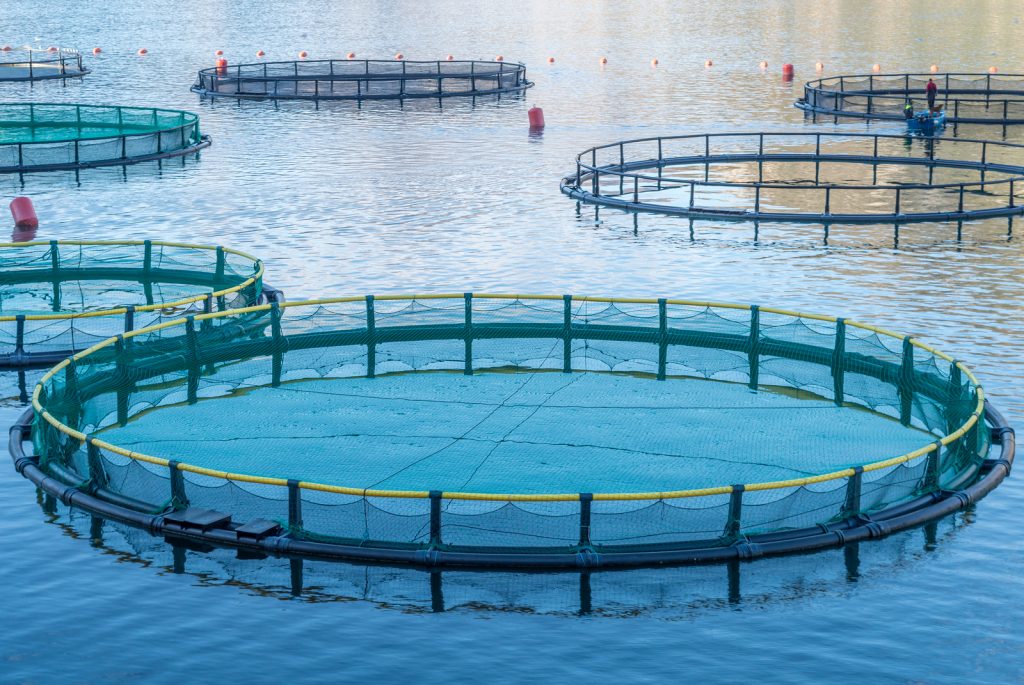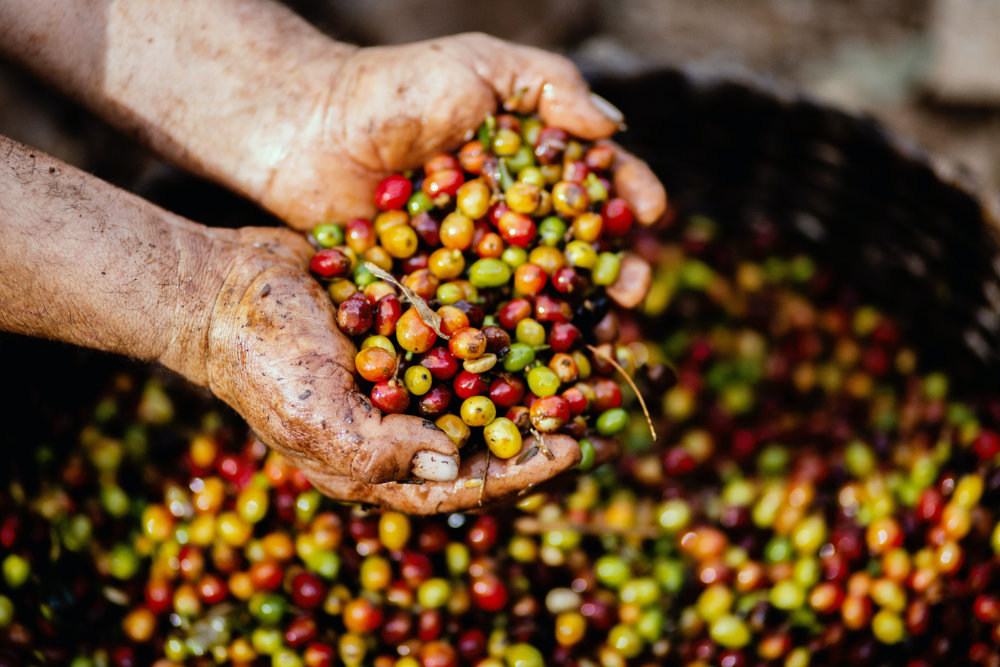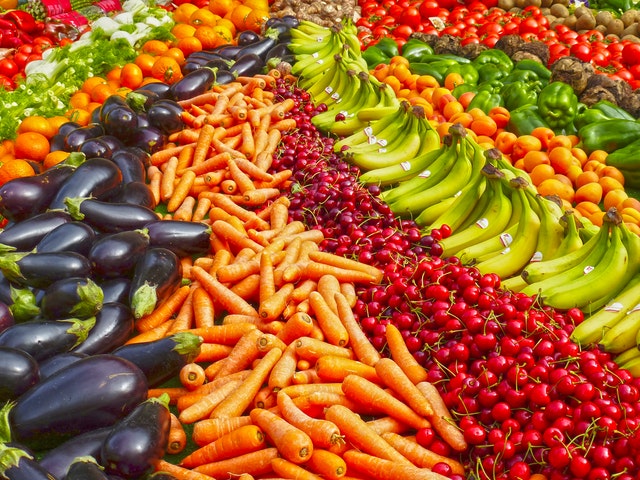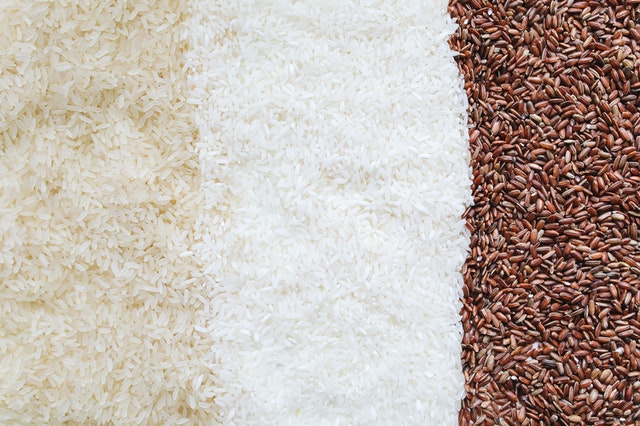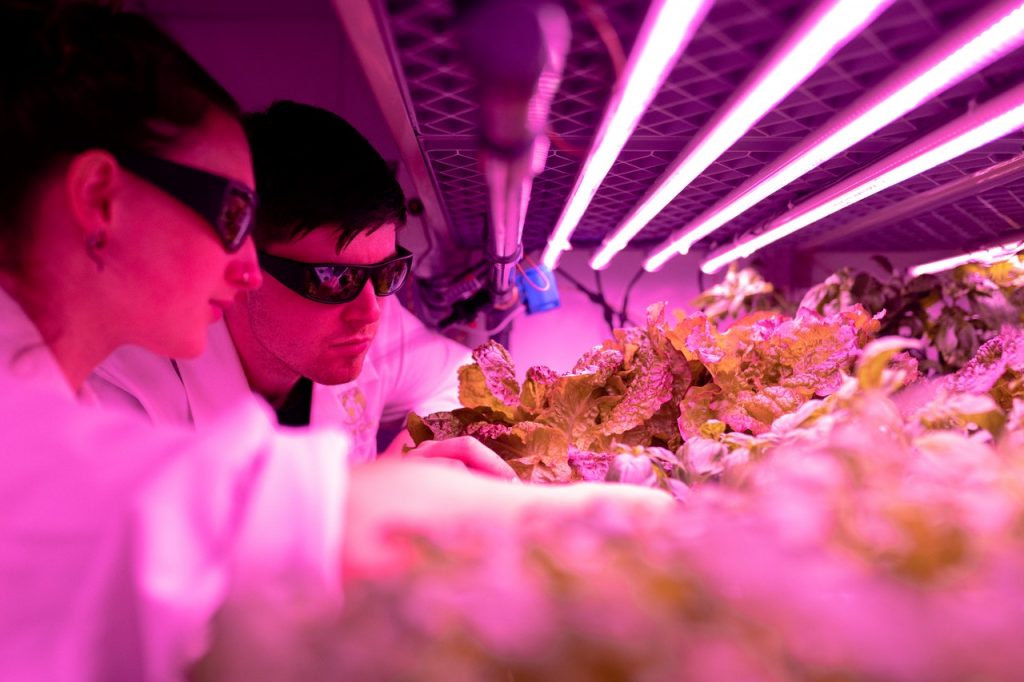How To Start A Garden In 6 Easy Ways
Gardening is a great hobby for many, and taking care of your plants can be an incredibly rewarding experience. It’s also a way to get outside and enjoy the fresh air while spending time doing something that you love. If you’re looking to start gardening but don’t know where to begin, check out these easy ways to get started: 1. Start with a plan If you want to start a garden, you need to think about what kind of plants and flowers you’d like to grow. Sketch out what you want your garden to look like, make sure it suits the space available, and cater to your personal preferences such as color or scent. 2. Choose the right plants When you are selecting plants for your garden, make sure to choose ones that will work well with your region’s climate. If you can’t grow certain plants in your area due to the climate zone, look for those that are similar and have similar, as well as ones that are easy to grow. 3. Find the right location Before buying any plants, you should consider where to plant your garden. A good place to start is by thinking about what you want from your garden. Do you want it to be productive or decorative? It is important to choose the right spot for your garden. First, you need a location where there is access to sunlight, water and provides adequate drainage. You also want a place that can be protected from animals. 4. Invest in a good pair of gardening gloves You want them to be thick and durable because your hands will get dirty, but they also need to stretch enough so you can move freely without feeling restricted. A non-slip grip is best when you’re working on wet or sticky surfaces too. I recommend getting a pair of suitable gardening gloves to help you with your weeding. You’ll be able to handle the plants without hurting yourself, and it’ll make for an easier job overall. Remember always to wear gloves that fit your hands comfortably. 5. Keep it simple The best way to grow plants is one at a time. Don’t try to grow too many things at once! The first thing you should do is take a hard look at your soil and water situation. It is important to start with a small number of plants. You can always add more later on, but it isn’t easy to take away if you have too many. 6. Plants needs attention and care The best way to take care of your plants is by watering them regularly and providing enough sunlight. Watering your plants regularly is an important part of keeping them healthy. Too much water can cause root rot, and too little can stunt their growth, so you want to get it just right. Taking care of plants is not that difficult. You simply need to know the basics. Taking care of plants is an easy and fun way to relax. It also relieves stress, improves your mood, and help you get away from the pressures of everyday life. Let’s face it, taking care of plants can be time-consuming. But they are worth the effort because they have so many benefits for your health and well being. So get started on making some changes in your lifestyle by incorporating this simple practice into your life! You owe yourself a little self-care – after all, you deserve it!
How To Start A Garden In 6 Easy Ways Read More »


